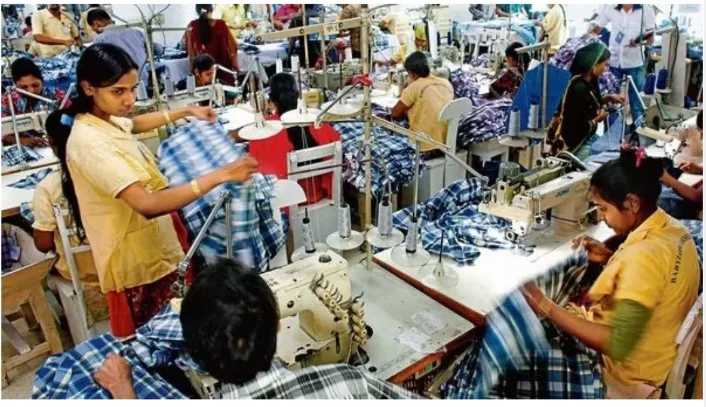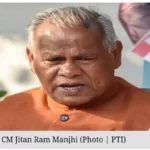In a paradigm shift, India’s labor market is experiencing a profound structural transformation, propelled by a surge in self-entrepreneurship and an upswing in higher education, as delineated in a comprehensive report by the State Bank of India (SBI). The report contends that the Periodic Labor Force Survey (PLFS) has been misconstrued, leading to a misguided political imbroglio.
The SBI Research report, released on Tuesday, dissects the contentious issue of unemployment, shedding light on the discernible decline in unemployment rates over the last five years, refuting misinterpretations prevalent in the public domain. It underscores the need for a nuanced understanding of data, particularly concerning the surge in self-employed individuals and youth unemployment, challenging conventional narratives.
The recently unveiled sixth annual PLFS report not only highlights a substantial reduction in the unemployment rate, from 6.1% in FY18 to 3.2% in FY 2023 but also underscores a noteworthy uptick in female labor force participation. Odisha leads in this regard, followed by Himachal Pradesh and Uttarakhand.
Delving into the intricacies of the self-employed segment, the SBI report rebuffs the notion that the rise in self-employed individuals, primarily in household help roles, signals a contraction in employment opportunities. The report contends that self-employment in India’s labor force has consistently exceeded 50% since the 1980s, emphasizing the transformative impact of government initiatives like the Pradhan Mantri Mudra Yojana and post-pandemic schemes.
Advocating for a recalibration of the benchmarking applied to higher educational qualifications in PLFS, the report posits education as a pivotal factor influencing unemployment rates. It underscores a visible deceleration in the unemployment rate among individuals with secondary education and above over the last three years, prompting a rational reevaluation of the education-employment matrix.
In essence, the SBI report posits India’s labor market metamorphosis as a positive outcome of strategic policy interventions, dispelling misinterpretations and advocating for a more nuanced discourse on the dynamics shaping the nation’s workforce.






